Note
Hi, I have a very weird coin I cannot identify. I got this second hand, so I'm not sure where it's from, but other coins that were with it were 4th century Roman. Here are pictures of each side of the coin. Any feedback would be very helpful. Thank you for your time, and I hope you have a good day.


This is really tough, and annoying because there’s definitely something familiar about the obverse to me. My expertise is in Roman numismatics, but this doesn’t look especially Roman to me. My first instinct was Celtic but I haven’t been able to track it down (this is a good place to browse, maybe you will have better luck: https://www.coin-links.net/Celtic.html) and then I thought there was some similarity between that reverse and Indian tokens, but a dig didn’t turn up anything more than a cursory resemblance (I spent most of my time looking here: https://www.zeno.ru/showgallery.php?cat=3693&page=4). If I had info about the weight and diameter (and a less blurry shot of that reverse), I might have more luck, but for now, I’m afraid this is the best I can do.
7 notes
·
View notes
Text
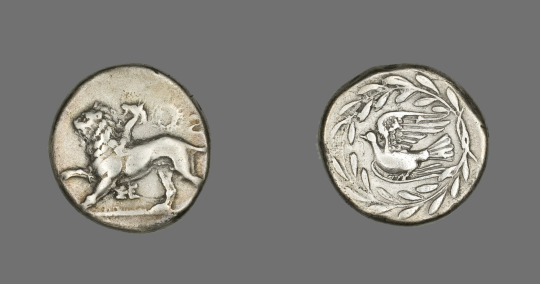
Aeginetic Stater (Coin) Depicting a Chimera
Greek; minted in Sikyon, Peloponnesus, 431-400 BCE
The front (obverse) of this coin depicts a mythical creature called a Chimera. On the back (reverse) a flying dove is encircled by a wreath of leaves.
285 notes
·
View notes
Text
How have I gone all this time with no one telling me about the Italian slave girl who became the first queen regnant of Parthia, poisoned her former owner/husband, survived being overthrown and comfortably retired in Rome?

Her name is Musa and I need a movie about her now.
#parthia#queens#musa of Parthia#coins#roman women#ancient women#ancient coins#ancient numismatics#Parthian coins#numismatics
174 notes
·
View notes
Text

Happy Wednesday, All!
Back in 2014 and 2015, I got to go to Valencia, Spain to work on my film Animal Crackers.
I was teaching myself watercolors and fell in love with the streets of Valencia. Finding time to sit alone and paint (when I should have been working on the film).
One day, at a market, there were vendors and I purchased some old Roman Coins (I hope they're legit... but... at this point... who cares?)
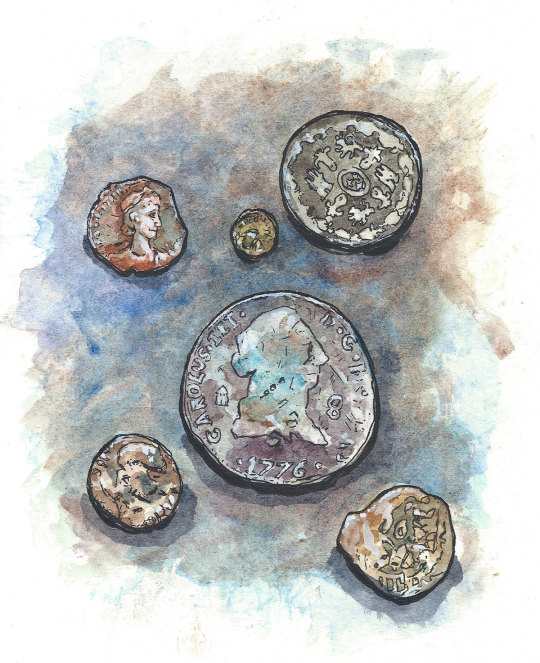
I hope I can go back again one day soon.
Sending Big Hugs from the Hobbit Hole. ♥♥♥
Scott
830 notes
·
View notes
Text
”Men think about the Roman Empire” “What’s the female version of the Roman Empire” SHUT UPPPPP. SHUT THE FUCK UPPPPPP. AS A WOMAN I LOVE THE ROMAN EMPIRE. AS A WOMAN I LOVE ANCIENT HISTORY AND BATTLES AND POLITICAL INSTABILITY. THE “GIRL VERSION OF THE ROMAN EMPIRE” IS THE ROMAN EMPIRE. IM GOING TO STAB YOU 23 TIMES
21K notes
·
View notes
Text
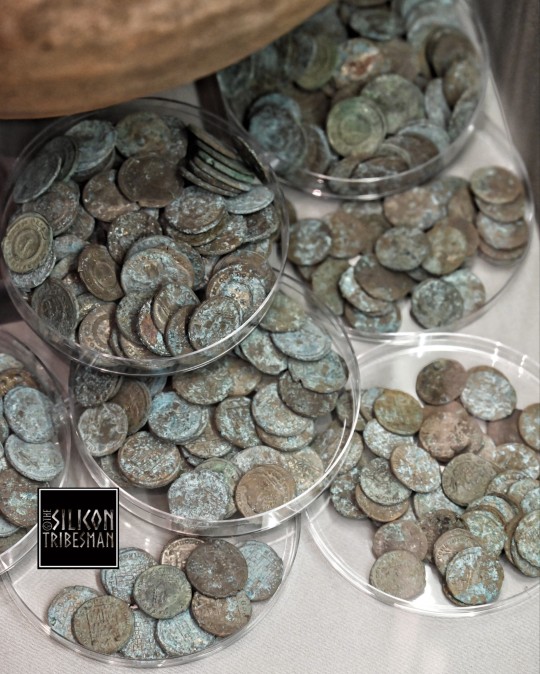
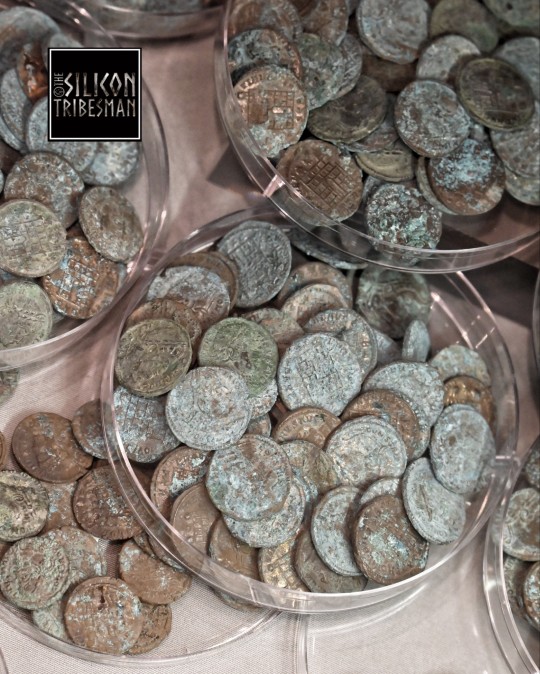
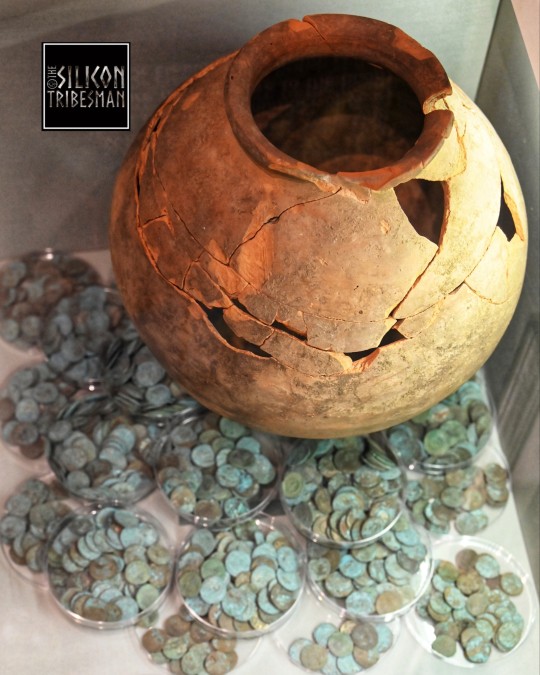

'The Shrewsbury Hoard' 4th Century CE Roman Hoard, Shrewsbury Museum, England
288 notes
·
View notes
Text
On the theme of Celtic coins, this seems like an amazing resource!
18 notes
·
View notes
Text
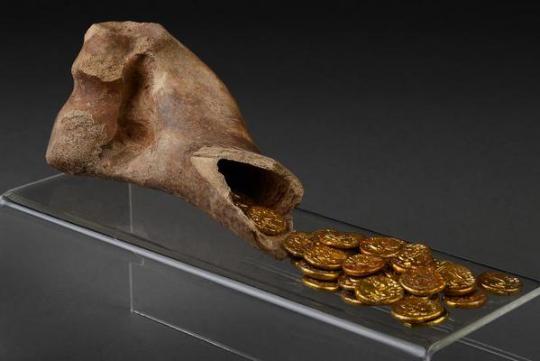
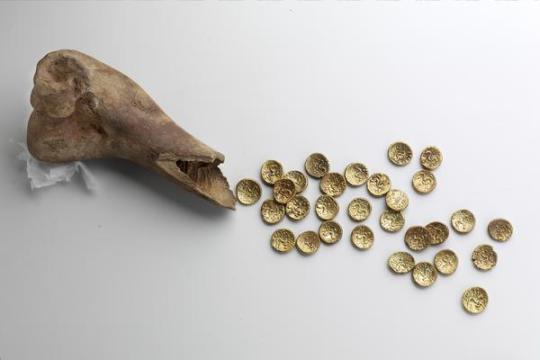
A hoard of Celtic gold coins hidden in a cow bone, discovered near Sedgewick, England, 1st century AD
from The Norfolk Museums Collections
3K notes
·
View notes
Text

~ Coin, Tetradrachm: A. Head of Athena, three olive leaves on the helmet; B. AΘE
Country/Issuer: Ancient Greece, Attica Athenes
Date: 5th century B.C.
Medium: Silver
2K notes
·
View notes
Text
also enjoying all these coins with both augustus and agrippa on them together. boy best friends... two guys zero feet apart bc they're both on a coin. just a very scary guy & his general bestie
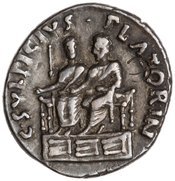
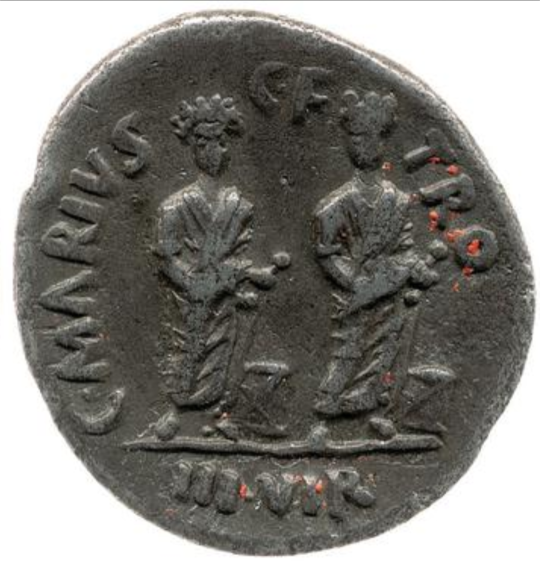

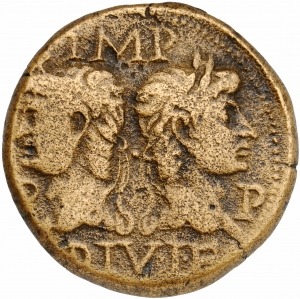

1 2 3 4 5
(^ the links show more examples of each type)
766 notes
·
View notes
Text
Fun fact that, in Denmark, the National Museum has put together a reference collection of LARP (Live Action Role Playing) coins, because archaeologists started finding them in digs and got really confused!
One campaign, Legendernes Verden (World of Legends), minted 10.000 of their tin coins for a one-week LARP, and since they, and most other home-minted LARP coinage, use old Danish coinage terms on their creations, the confusion is both understandable and hilariously complete.
Here's an example:
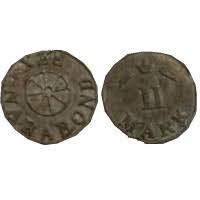
Those in the know would immediately recognise the inscription "Narabond" as a location withing the fictional Danish LARP world 'Niraham'. Those not in the know would be endlessly puzzled, as it looks perfectly reasonable for, for example, a medieval coin.
3K notes
·
View notes
Note
Hi, I'm not sure if this is something you're able to answer, but I'm interested in getting a career in numismatics, specifically in regards to ancient Rome. I'm currently getting a BA in history with a focus on ancient Rome. Do you have any information/advice on next steps or field requirements? Thank you for your time!
Hello! What a great question! Careers in numismatics take a number of different forms, so I’ll do my best to offer you some insight into the options, and then tell you what I know about my experience of getting work in the field.
My guess is, if you are getting a BA in history, that you are probably most familiar with the academic track(s) that are out there. Most numismatists of this sort are either professors (for ancient material, they are either in History or Classical Studies departments) or museum curators or staff of some kind. There are a also handful of private numismatic organizations that also have staff and curators (orgs like the American Numismatic Society come to mind). For pretty much all these options, it would be expected that a numismatist would have an advanced degree, typically a PhD, in history, classics, or archaeology, with emphasis and skills developed through specific numismatic training (learning to do things like die studies, metallurgical analysis, hoard studies, or conservator/preservation work). There are summer schools for graduate students to gain this experience, sometimes with funding. If you go the curatorial track, getting experience volunteering as well as a degree will be expected, and if you can handle the chemistry, training in conservation is a big plus for job prospects.
Taking a more archaeological track, there are also posts for numismatists in the field. Coins coming out of the dirt need to be cleaned and IDed quickly and accurately. Most of these people also have advanced degrees and/or other academic jobs (since archaeology is mostly a summer gig in the northern hemisphere), but there are also emergency excavation companies who might need a numismatist from time to time. I’ve known people with MA degrees in archaeology who worked with these companies in Europe, but they weren’t specifically numismatists.
Finally, there’s work in more commercial fields. Coins appeal to collectors, who want coins identified and sold by professionals, and companies exist to ID, grade, and auction coins. If getting an advanced degree (and learning Greek and Latin, which comes with the territory) is beyond your immediate reach, working for an auction house or coin grading company could be a good fit. You can also look into the American Numismatic Association’s summer school program, which I believe gives more support to BA students and to collectors.
Whatever path you choose, volunteering to help catalogue collections with university or museum collections is a great way to get experience and, for the academic options, getting ideas for conference talks and publications. The more you can handle coins, ancient or otherwise, and the more coinages you have worked with closely, the better your odds of being taken seriously as a “professional,” whatever that means for you. You can also follow academic numismatists on the site formerly known as twitter and see what they are up to to learn more.
For myself, I’m a numismatist, but I’m employed as a history professor. Coins are just one of my specializations, and while I love them, I understand that to work, I have to be both a generalist and a specialist. Even in academia, few numismatists are exclusively numismatists. Keep your mind open and look for ways to bring your love of coins into other kinds of work and conversations and you will find your way.
P.S. It’s also okay to love a thing without making it your job… I know that can be hard to hear especially as an undergrad trying to figure out what to do with your life, but like, the surest way to stop loving a thing is to have to do it, or else. Hobbies are good and, with coins, there’s a huge, healthy community to share your love with.
P.P.S. I work on a couple of digital numismatic projects that could use qualified volunteers (undergraduates are great for this kind of thing, especially if we can coordinate with your professors to get you course credit). If you’d like to get involved, especially if you have some digital humanities skills, reach out off anon and we can chat it through.
5 notes
·
View notes
Text

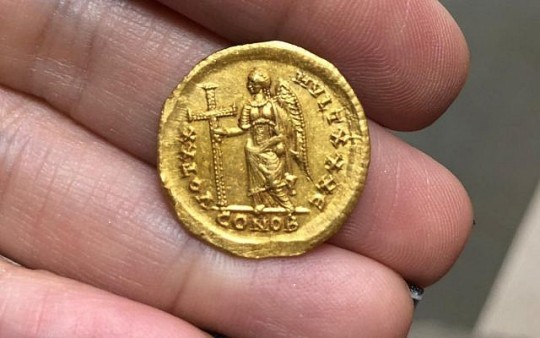
Gold coin from the reign of Emperor Thedosius II uncovered in Israel in 2019, Eastern Roman Empire, circa 401-450 AD
423 notes
·
View notes
Text
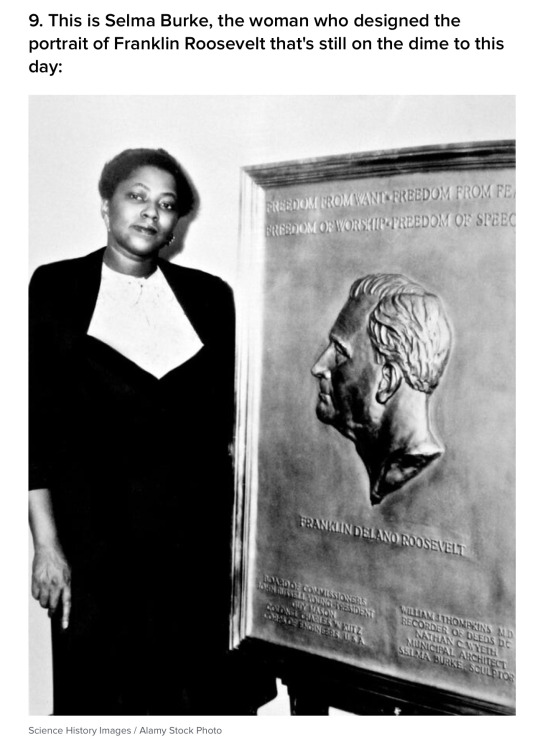
26 notes
·
View notes
Text
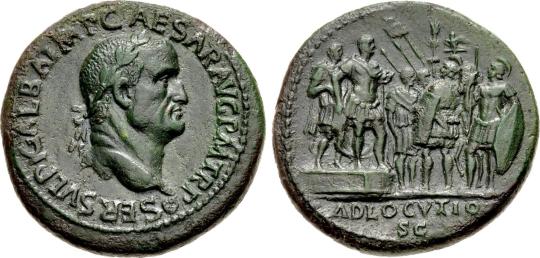
Galba Æ sestertius. Minted in December of 68 AD. Reverse depicts the emperor Galba on podium, addressing his soldiers.
Servius Sulpicius Galba was born on the 24th of December, 3 AD to a wealthy family. His father was a hunchback, yet still made a name for himself in Roman politics despite the mockery he faced, even rising to the position of suffect consul in 5 BC.
His rise to becoming emperor came after a long string of serving in prestigious positions around the empire, eventually coming to a head during the revolt against Nero led by Vindex, where he would find much popularity. Nero's steady decline in popularity and eventual suicide led to Galba becoming emperor in June of 68 AD.
Everyone thought Galba would be a good emperor until they actually experienced his principate, which was known for being extremely disciplinarian. One of the most notable recipients of Galba's harshness was a man named Otho, who was one of Nero's drinking buddies.
Galba's downfall began when the northern legions rebelled against him, leading Galba to adopt an heir in order to demonstrate stability for the future, choosing a man named Licinianus. The only major problem with this is that Otho really, really wanted to be Galba's heir. By this time Otho had already began gaining popularity with powerful people due to his "campaign of generosity" (which was just Otho paying gobs of money to anyone who was affected by Galba's stinginess) and this slight by Galba was the last straw after months of neglect. In one power move, Otho bankrupted himself by paying 12 key praetorian guards the equivalent of 720,000 sesterces. This sealed Galba's fate, and on the day of January 15th 69 AD, Galba was brutally murdered in the forum after being lured out by rumors of Otho's assassination.
47 notes
·
View notes
Text

The six most illustrious coronas (crowns) that a Roman soldier could attain.
1: The Corona Civica, perhaps the most revered was for a Roman who saved a fellow citizen's life or a soldier directly saving another soldiers life (this had to be witnessed) it was made of oak leaves and the person was allowed to wear it for life and himself, father and grandfather were immediately freed from any financial burdens and no longer subject to taxation.
2: Corona obsidonalis (grass crown) for directly saving a garrison or besieged army encampment.
3: Corona Muralis was the prized crown made of solid gold and was awarded to the first man over the battlements of an enemy's town that was under siege, leading to Roman forces complete victory. This was personally awarded by the Consul, Legatus or highest ranking commander at the siege.
4: Corona Navalis a metal crown for the the first naval soldier to board the enemy's vessel.
5: Corona Radiata - depicted on coins to Emperors who had been deified. Some even did this while still alive, such as Caligula, Trajan and Marcus Aurelius. Statues of gods are often depicted wearing the Radiata.
6: Corona Vallaris (aka Castrensis) also for the first man over the wall of a besieged town but the Corona Muralis had actual architectural battlements built onto the crown. It appeared to carry more significance as exhibited by the fanciful construction.
Julius Caesar won the Corona Civica in 79 BC and is said to have worn it, or reconstructions of it whenever possible to remind the mob of his connection to them.
Image: Wikimedia CC-BY-SA-1.0
193 notes
·
View notes
Text
new usurper just dropped


The ‘Roman emperor’ Sponsian is known only from an assemblage of coins allegedly found in Transylvania (Romania) in 1713. They are very unlike regular Roman coins in style and manufacture, with various enigmatic features including bungled legends and historically mixed motifs, and have long been dismissed as poorly made forgeries. Here we present non-destructive imaging and spectroscopic results that show features indicative of authenticity. Deep micro-abrasion patterns suggest extensive circulation-wear. Superficial patches of soil minerals bound by authigenic cement and overlain by oxidation products indicate a history of prolonged burial then exhumation. These observations force a re-evaluation of Sponsian as a historical personage. Combining evidence from the coins with the historical record, we suggest he was most likely an army commander in the isolated Roman Province of Dacia during the military crisis of the 260s CE, and that his crudely manufactured coins supported a functioning monetary economy that persisted locally for an appreciable period.
[link to article]
614 notes
·
View notes